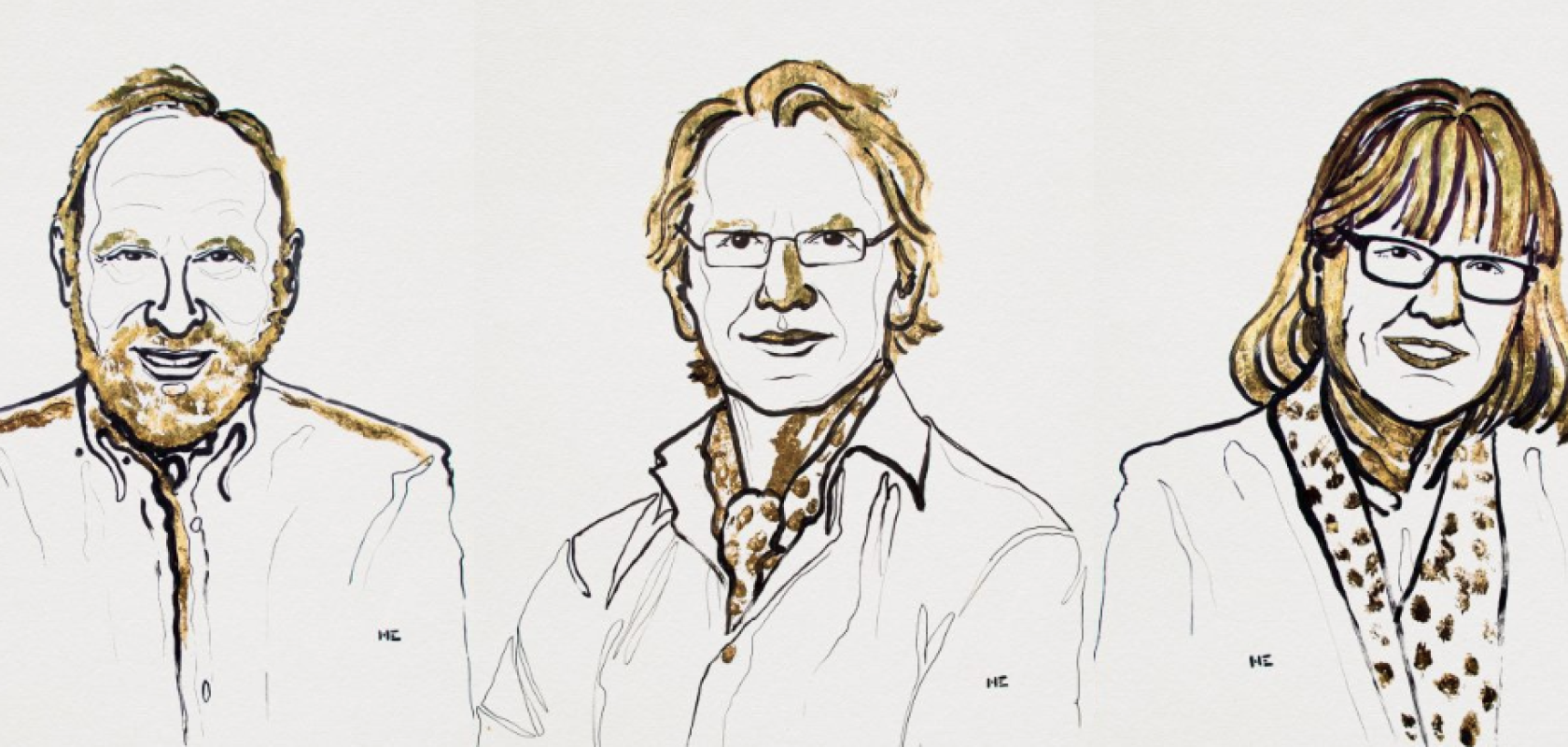The 2018 Nobel Prize in Physics has been awarded to three scientists for two groundbreaking discoveries in the field of laser physics: The development of optical tweezers by Arthur Ashkin, and the invention of chirped pulse amplification (CPA), by Donna Strickland and Gérard Mourou.
Strickland is the first woman in 55 years to be awarded the Nobel Prize in Physics, following Maria Goeppert Mayer in 1963, who was recognised for her work on the nuclear shell structure, and Marie Curie in 1903, who was awarded the prize for her research on radiation.
Optical tweezers are an optical tool involving the use of a laser beam and the resulting radiation pressure of light to manipulate particles, atoms, viruses and other living cells towards the centre of the beam, where they can then be held without damaging them. In 1987, Ashkin used the tweezers to capture living bacteria without causing them harm, and immediately began using the technique to study biological systems, a practice still conducted widely in the field of biology today. This ability to use light to move physical objects was an old dream of science fiction, according to the Royal Swedish Academy of Sciences, which awards the Nobel Prize in Physics each year.
Strickland and Mourou’s work on chirped pulse amplification paved the way toward the shortest and most intense laser pulses ever achieved. Conducting the work in the late 1980s while Strickland was a PhD student under Mourou at the University of Rochester in New York, the two scientists succeeded in creating ultrashort high-intensity laser pulses without destroying the amplifying material. Firstly they stretched the laser pulses in time to reduce their peak power, then they amplified the pulses and finally compressed them. Compressing a pulse in time packs more light in the same tiny space and thus increases the intensity of the pulse dramatically.
The newly invented technique, called chirped pulse amplification, soon became standard for subsequent high-intensity lasers, and has since been used in the millions of corrective eye surgeries taking place every year. The other innumerable areas of application of the techique are yet to be completely explored.
'The inventions being honoured this year have revolutionised laser physics,' the Royal Swedish Academy of Sciences said in its announcement of the prize winners. 'Extremely small objects and incredibly rapid processes are now being seen in a new light. Advanced precision instruments are opening up unexplored areas of research and a multitude of industrial and medical applications.'
The scienctists will share the prize of 9 million Swedish Krona (approximately 866,000 euros), with one half going to Ashkin and the other half to be shared between Strickland and Mourou.
Image: From left to right: The 2018 Nobel Prize in Physics winners Arthur Ashkin, Gérard Mourou and Donna Strickland. (Image: Ill. Niklas Elmehed. © Nobel Media)


